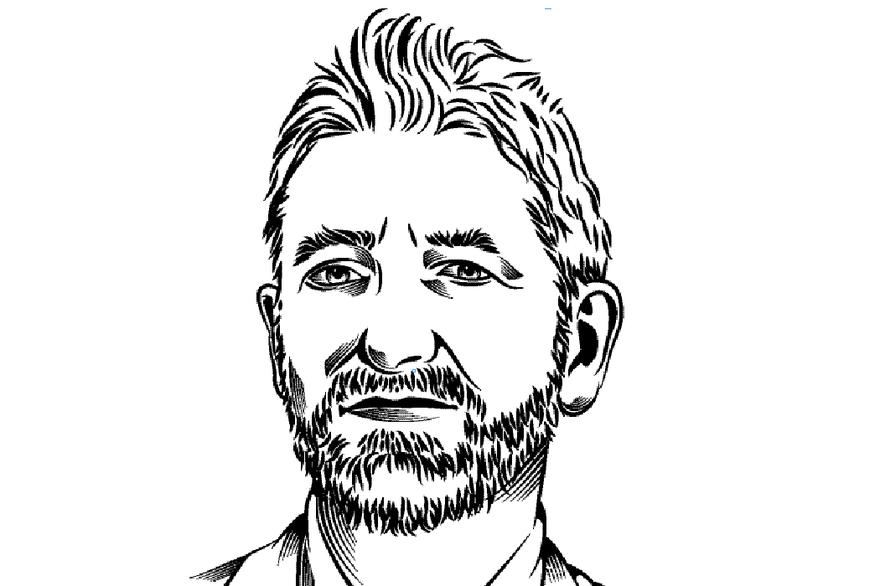I had more responses to my opinion from 12 January than for any of my 2015 postings, with a lot of people telling me not to get so worried. If data center power demands are expanding uncontrollably, it’s not something to worry about…..
Taken individually, I said, data centers are certainly getting more efficient, but the rampant demand for data means they are being switched on so quickly that overall energy use is rapidly growing. Within that total energy use - if we take Google as an example - the actual use of fossil energy by data centers is still growing, even if individual data centers are adopting or funding renewables. People responded, both here and on LinkedIn.
So why worry?
Quite a few people gave reasons why increasing power usage by data centers might not be bad. Data centers aggregate processing and replace other less efficient sites, as well as sometimes displacing other energy uses such as printing and travel. Data centers also enable and consume more renewable energy than other businesses, so why single them out?
“Why are data centers different than any other factory?” asked Gary Dick of Sappi Fine Paper. “ICT accounts for 2 percent of Global CO2 emissions - as much as the airline industry. OK, we’re responsible for 2 percent of a gazillion. Let’s all spend a few bazillion in capital and if we’re incredibly lucky reduce that by 25 percent.” But that would take the energy down to only 1.5 percent of the world’s energy and Dick wants to know, who’s responsible for the rest?
In my original article, I tried not to assume that increased energy usage is always bad, or imply that data centers are somehow worse than other industries. But data centers themselves started the discussion, and someone should have a proper look at the argument that data centers save energy in other sectors. I don’t believe air travel has reduced (thanks to web conferencing) and while the number of magazines and newspapers printed may have gone down, I don’t believe the energy saved is as much as that used transmitting media from data centers.
Jeff Clark at the Data Center Journal says we shouldn’t be concerned because overall energy use is not growing. “Total energy consumption in the U.S. has plateaued or even declined slightly since 2000, even despite the burgeoning data center industry,” says Clark. That may be true - and if so it may be largely due to the recent economic downturn. Global energy use is still increasing, however and with a slump in oil prices, I don’t see that changing in the near future.
On LinkedIn, Barry Shambrook of TCL Data asked a lovely question: “Did the Victorians worry about how much coal and horse feed was consumed to serve the rapid increase in postal services 150 years ago?”
In one sense they did, as Dick pointed out. The Jevons paradox was an attempt to explain the growth in consumption as Victorian industry and communications expanded. .
In another sense, the Victorians didn’t have to worry. The amount of horse feed and human labour involved in the post created real costs and served as a limit to its growth. Even with the assistance of motorized transport and computerized mail sorting, the problem of physical junk mail never reached the proportions of junk email.
I had a couple of suggestions of how to make data centers even more efficient. Direct current often crops up in these discussions, but even if it lived up to the promises made for it, it would probably only knock a percentage off the power used. And more likely, applying Jevons, it would add to consumption by reducing costs still further.
Bob Sharon of Green Global Solutions said “the last bastion of energy efficiency in the Datacentre will come at the software layer,” which is definitely true. Measures like PUE rule out how CPU cycles are employed, and there is no way to compare software efficiency. A big change here might make a difference (although Jevons could apply again).
More feedback?
In the end, there are two “big picture” considerations here. One is that we may be at a historic low in power prices, and as prices increase, some actual control (as in feedback) will emerge, and rampant growth could end.
However, there’s no immediate sign of this happening, and any increase would have to be pretty violent to have a real effect.
Prof Ian Bitterlin offered the somewhat reassuring idea that there must be some ultimate limit to data consumption, even of Youtube videos: ”the population of the world is not growing exponentially any more and every human only has 24h/day and not all people are sighted - so video/image consumption has a limit.”
But sociologist Asta Vonderau offered an interesting thought about feedback: “The general public knows much too little about the DC industry’s energy usage, which makes people consume without thinking,” she said.
Asta is suggesting that if people knew how much energy their IT use consumed, they might think twice about wasting it - just as, one hopes, people may think twice about air travel or using their cars for short journeys.
I’d like to believe that is true, but even observing my own use of social media, I am skeptical. Mostly I see a free service, hope it is being delivered efficiently, and put up my social posts without a care.
A version of this article appeared on Green Data Center News.



